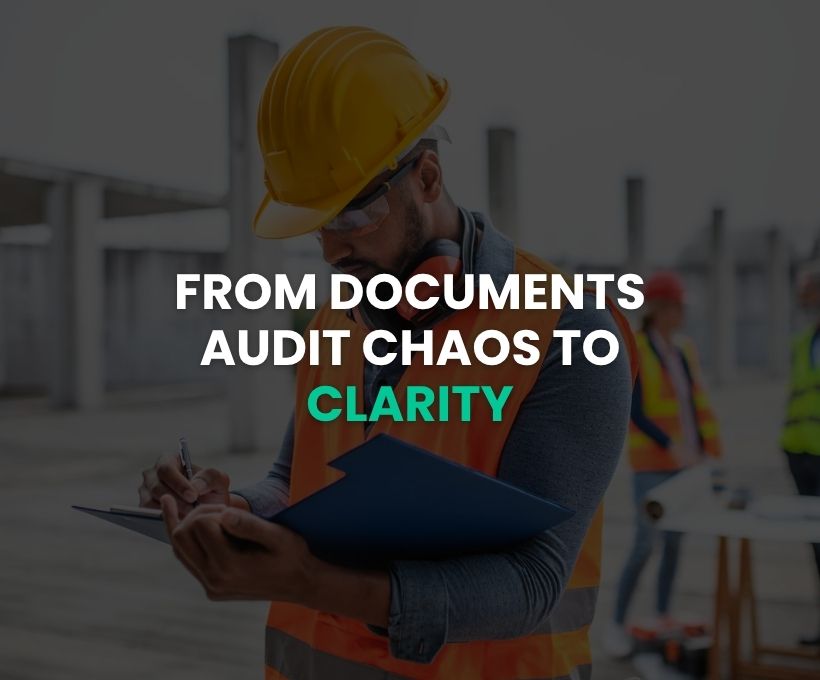In the world of construction, some of the most frustrating tasks don’t happen with cranes or concrete—they happen behind a screen. Near the end of a project, commissioning engineers are handed a mountain of PDFs and asked to audit them. These documents hold critical information—some typed, some handwritten—that needs to be transferred into spreadsheets for compliance and final reporting.
This isn’t just dull work. It’s draining, error-prone, and expensive.
The Real-World Problem: When Manual Means Messy
One of my clients, a commissioning supervisor on a major construction project, described this task as “the part of the job everyone avoids.” And it’s easy to see why.
Each document had to be opened, read line by line, and data manually copied into Excel. When documents included handwritten annotations, things got even worse. Recognizing scrawled text slowed things down, and the margin for human error was wide.
Multiply that by hundreds—or thousands—of files, and you have a serious time sink that eats into deadlines and budgets.
That’s where I came in.
My Thinking: Automate What Humans Shouldn’t Be Doing
When I started this freelance project, I wasn’t just looking to save keystrokes—I wanted to relieve the engineers from a task that didn’t need their time or brainpower.
Here’s what I envisioned:
- A system that could read both printed and handwritten content
- Automated data extraction into clean Excel sheets
- Strong privacy protections for sensitive project files
- A workflow that didn’t break the bank with API calls
I combined Python-based tools for handling PDFs and spreadsheets, integrated OpenAI’s GPT-4o for recognizing handwritten notes, and added intelligent image preprocessing to reduce file sizes and control what gets sent to the cloud.
The result? An end-to-end automation solution that reads PDFs like a junior engineer—and never gets tired.
What Changed: From Bottleneck to Breeze
The impact was immediate and measurable. With this system in place:
- The team saved multiple hours per week, especially in crunch times
- API costs dropped by ~$5 per 1000 PDFs. Thanks to smart cropping and batching
- Data extraction became more accurate and privacy-conscious
- The Excel outputs were standardized, reducing the need for cleanup
This wasn’t just automation for the sake of tech—it solved a specific, costly problem that affected real people doing high-stakes work.
Why It Matters for Other Businesses
If your organization deals with forms, inspections, reports, or compliance documentation—especially when those documents include handwritten notes—you’re probably facing a similar challenge.
What I built here can be adapted and scaled. Whether you’re in construction, logistics, healthcare, or legal, document-heavy operations shouldn’t depend on manual labor to move data around.
Automation like this isn’t about replacing people. It’s about giving skilled professionals back their time, letting them focus on what actually moves projects forward.
Want to Explore the Possibilities?
I’m always looking to collaborate on practical, high-impact AI solutions. If your team is overwhelmed with document processing—or you’re simply curious about how automation could ease your load—let’s talk.
You don’t have to keep fighting the same battle with manual PDFs. There’s a better way, and it starts with a conversation.
